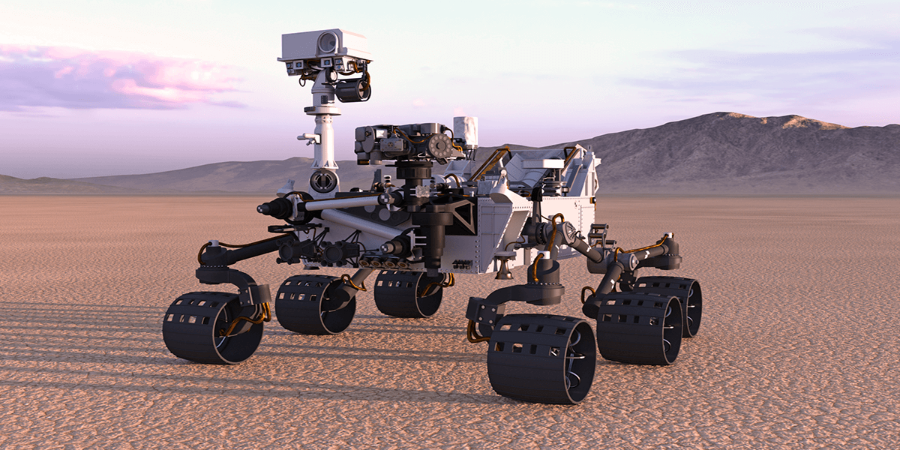Autonomous Robot
In recent years, the incorporation of robots into autonomous control systems has revolutionised several industries, including manufacturing, logistics, healthcare, and transportation. Robotics-powered autonomous controllers are essential for allowing machines to carry out tasks without constant human involvement. Because of the convergence of robotics and independent control, complex systems that possess a high degree of autonomy in decision-making, action execution, and environment adaptation have been developed.
The capacity of a machine or system to function autonomously, making choices and carrying out activities without direct human intervention, is known as autonomous control. The idea is to create controllers that require the least amount of human assistance to accomplish present goals, negotiate challenging surroundings, and adjust to changing conditions.
Many autonomous control systems are built on robotics, which provides the computational and physical tools required for machines to sense, comprehend, and interact with their environment.
Objective of Autonomous Controller Robotics
The goals of autonomous controller robotics are broad and include a variety of objectives with the aim of reaching higher degrees of autonomy, flexibility, and effectiveness in different applications.
The main aim is to create autonomous controllers that require less constant human involvement by operating with a high degree of independence. This entails creating control systems devoid of continual human supervision that are able to sense, reason, and decide in real-time. In robotics, autonomous controllers strive for smooth adaptation to changing and unpredictable surroundings. This calls on the capacity to quickly detect changes in the environment, form judgments, and modify the course of action as necessary. Machine learning approaches and adaptive control algorithms facilitate the system’s capacity for long-term learning and evolution.
Need for Autonomous Controller
Robotics requires autonomous controllers for several important reasons, including improving productivity, security, and flexibility across a range of applications.
With the help of autonomous controllers, machines can perform a variety of activities more efficiently because they don’t require constant human intervention. Increased production rates Automating processes in manufacturing, logistics, and other industries can attain increased production rates, shorter cycle times, and overall efficiency. Autonomous controllers facilitate task execution that is accurate and precise. Control can reliably complete tasks with high accuracy, reducing errors and enhancing product quality in areas like manufacturing where precision is critical.
The need for increased productivity, security, and flexibility in a variety of industries is what motivates the demand for autonomous controllers in robotics. The capabilities of autonomous systems are anticipated to increase with the advancement of technology, so augmenting their significance in the trajectory of automation and intelligent machinery in the future.
The real challenge in Autonomous Controller Robotics
Although autonomous controller robotics has much potential, there are a number of obstacles that need to be overcome, which scientists, engineers, and developers are actively trying to do. Here are a few of the actual difficulties:
Safety Concerns:
It can be difficult to guarantee the safety of autonomous systems, particularly in dynamic and unpredictable contexts.
Perception and Sensing:
It’s still difficult to reliably perceive and sense in a variety of complex surroundings. The accuracy of sensors such as cameras, radar, and LIDAR can be affected by unfavourable weather, low light, and barriers, which might influence the decision-making process.
Real-time Decision Making:
Autonomous systems must be able to make decisions in real time, especially for applications like self-driving automobiles. Making snap choices and processing massive volumes of data from several sensors is a computational challenge that calls for high-performance computing.
Human-Robot Interaction:
The development of secure and effective human-robot interactions is a challenging task, particularly in environments where people and autonomous systems coexist. For collaborative efforts to be successful, people and robots must be able to understand and anticipate each other’s actions.
Adaptability to Novel Situations:
When faced with completely unfamiliar or unique scenarios that they were not trained for, autonomous systems frequently find it difficult to adjust. Achieving generalisation and resilient adaptability to unanticipated events requires sophisticated learning algorithms and simulation-based training.
Ethical and Legal Issues:
The introduction of autonomous systems gives rise to legal and ethical issues, including job displacement, decision-making in morally dubious situations, and blame for mishaps. Creating unambiguous moral and legal guidelines for self-driving systems is still a difficult task.
Data Security and Privacy:
Autonomous systems produce and use data. Protecting the security and privacy of this data is essential to stopping illegal access, data breaches, and possible misuse of private information.
Interoperability:
It might not be easy to achieve interoperability when several autonomous systems from various developers or manufacturers need to work together. Standardising interfaces and communication protocols is crucial for smooth collaboration.
Robustness in Unstructured Environments
Autonomous systems have difficulties in numerous unstructured and dynamic real-world contexts. Robust algorithms for observation, planning, and control are necessary to navigate congested and unexpected regions like building sites or disaster-stricken areas.
Energy Efficiency:
Balancing autonomous systems’ energy efficiency can be difficult, particularly in areas with limited resources. Extending the operational life of independent devices requires the development of energy-efficient components and power management technologies.
Public Perception and Acceptance:
It can be difficult for the general public to adopt autonomous technologies. Developers and legislators must communicate, educate, and be transparent in order to effectively address concerns about safety, privacy, and employment displacement.
Applications for autonomous controller robotics may be found in many different fields and sectors. These robotic systems improve productivity, safety, and task execution.
In the fastest-moving world and rapidly growing technology, there is tremendous development in all application areas. The development of autonomous robots will be very useful in a variety of applications, including Healthcare, Transportation, Agriculture, Security and Surveillance, Warehouse and Logistics, Industry Automation, Construction, and Consumer Applications
Source

